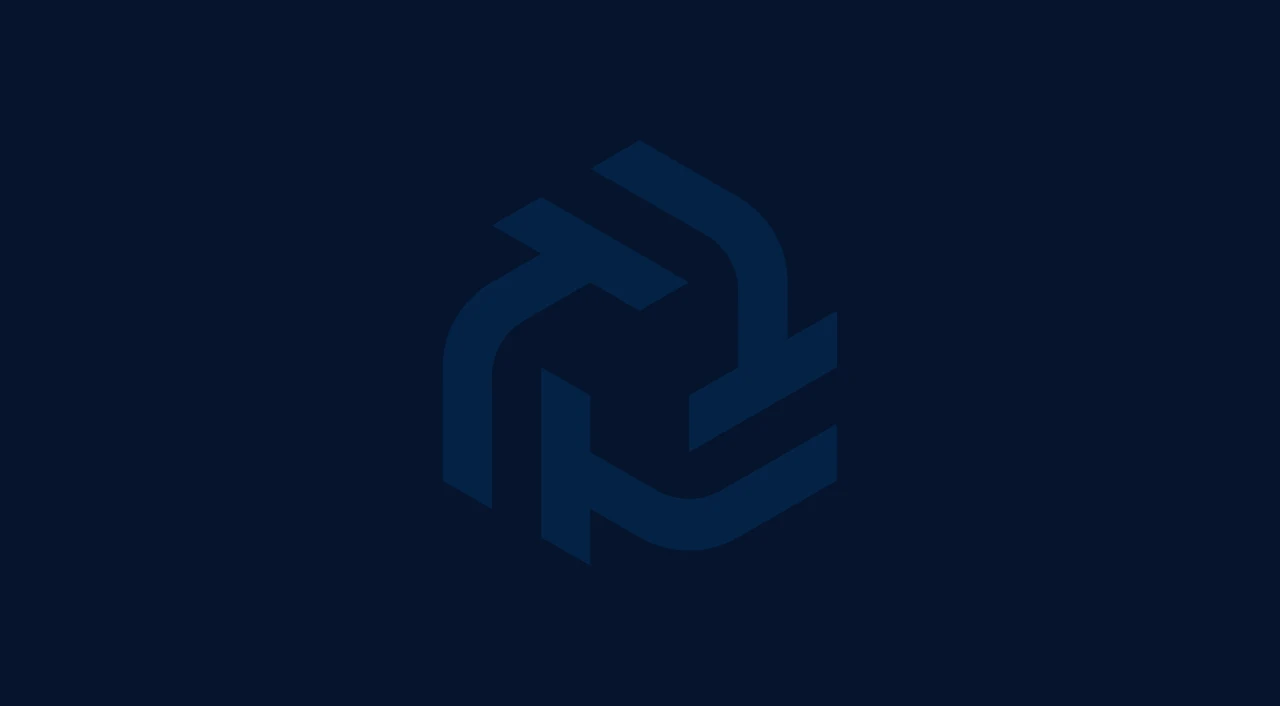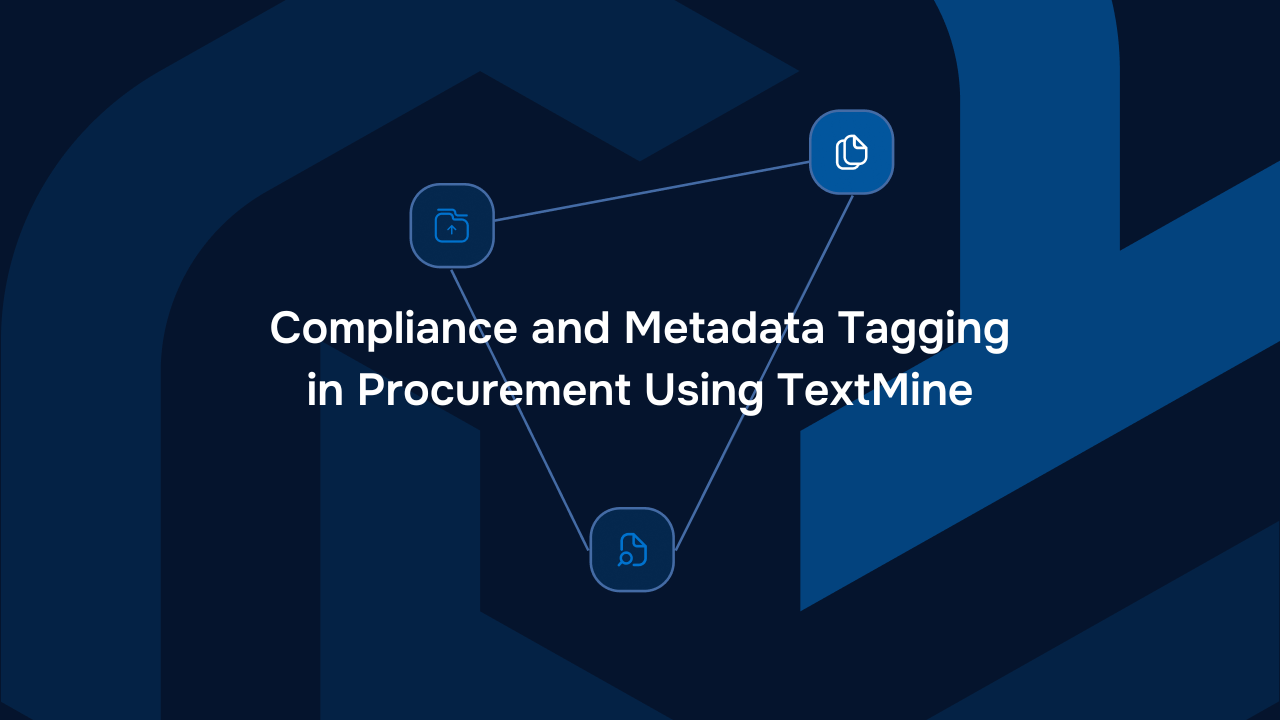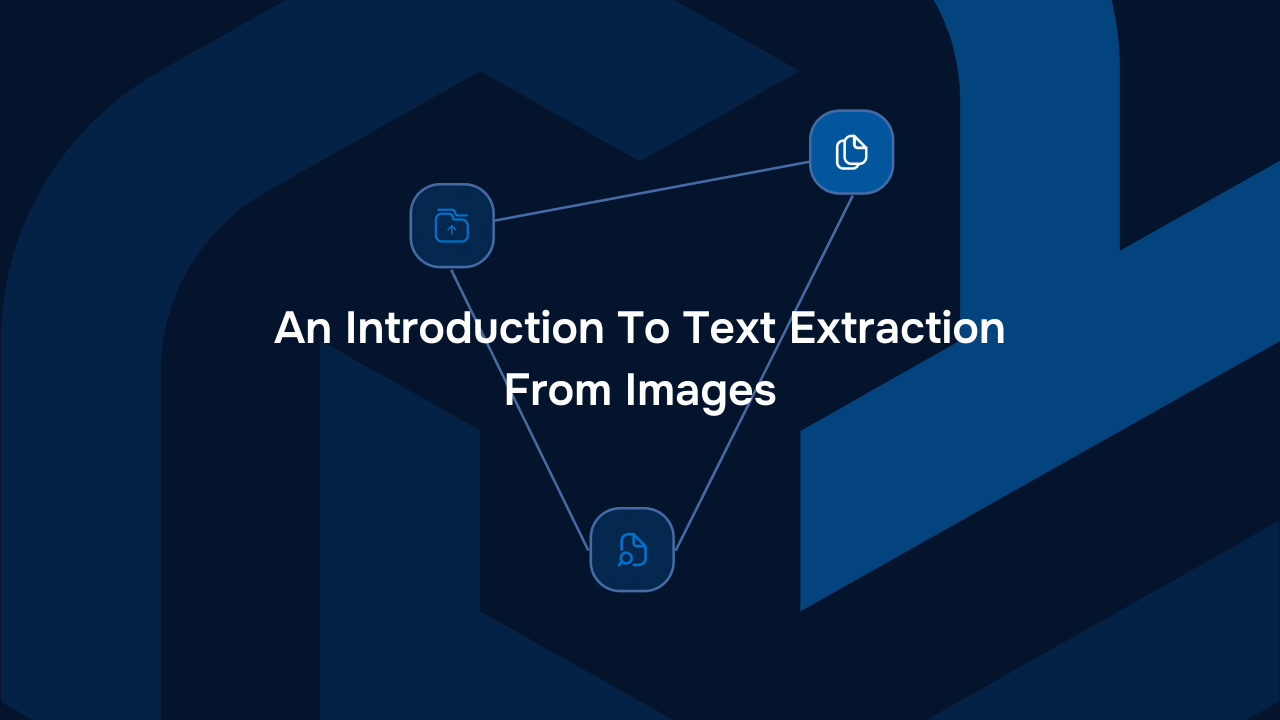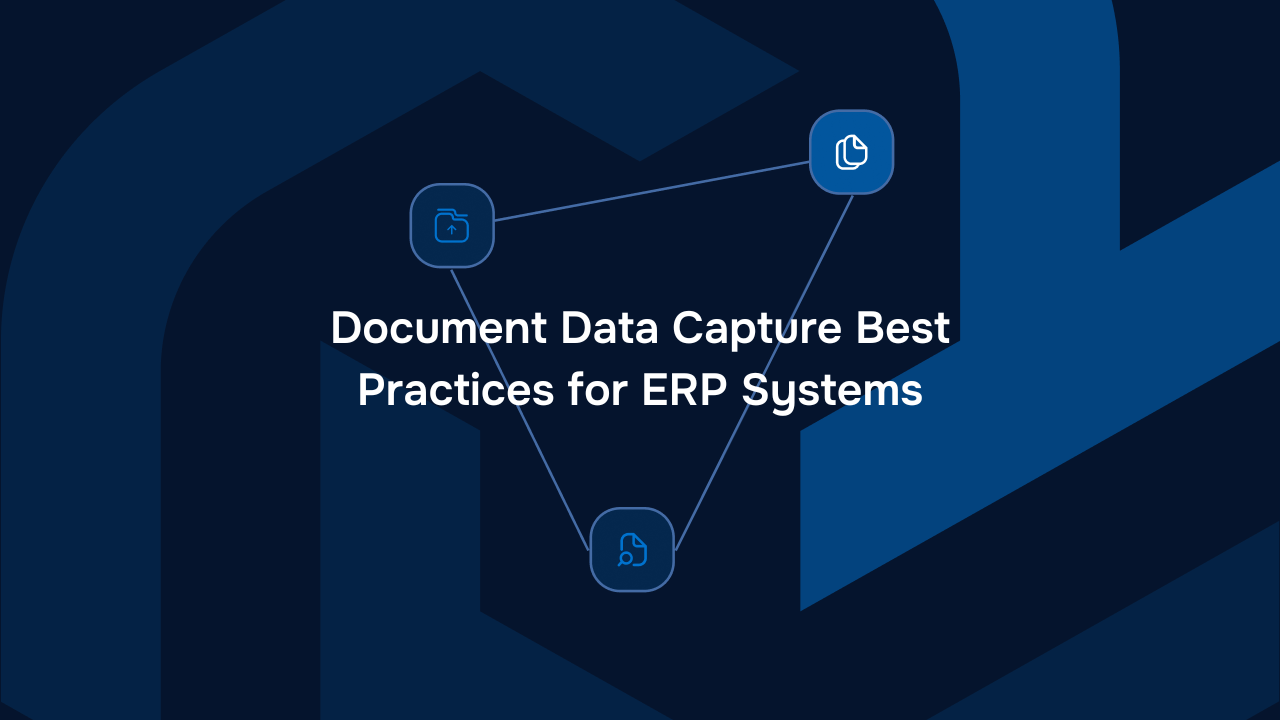What is Retrieval-Augmented Generation? (RAG)


Foundational Large Language models like Chat GPT or Llama 2 are great at answering general questions or solving specific tasks such as writing a poem. However, these models at their base have been trained on vast amounts of public data which may or may not be relevant to your use case. Retrieval Augmented Generation or RAG is a technique which allows Large Language models to gain context from a private data set. This means that a Large language model will be able to answer tailored questions about a business’ private data using RAG. RAG enhances the AI’s contextual understanding of a given topic by combining retrieval and generation models. This article delves into the basics of RAG and explores its core advantages and best applications for businesses.
The Basics of RAG
At its core, RAG brings with it some specific and unique features that set it apart from different generative systems.
Retrieval Models
The beating heart of RAG is its integration of retrieval models that leverage pre-existing knowledge and incorporate external information sources. The retrieval model will navigate the pre-existing knowledge and information in order to obtain the most relevant context for the LLM. For example, the textual information and documents can be stored in a vector database and the queries sent to the LLM will be matched by the retrieval model to the vector database in order to get the most relevant information for the query. The LLM or generation model will then use the retrieved context and its pre-trained model weights to answer the query.
Generation Models
Generation models such as LLMs are responsible for generating content based on the retrieved context from the retrieval model. Generation models require RAG when the context window is large or from multiple documents. Whilst foundational models are able to process larger context windows, this is not necessarily as efficient or optimal as using RAG because the cost of processing large windows is a lot higher and the performance is a lot slower compared to using selective content from the retrieval model.
The Core Advantages of RAG
RAG can be a cost-effective and efficient way of boosting your LLM’s performance for private date related queries.
Improves Contextual Understanding
RAG’s unique combination of retrieval and generation models results in the AI program having an enhanced ability to understand and interpret context. For example, RAG can be applied quite effectively to product knowledge bases which in turn improves the accuracy of automated answers to customer queries.
Addressing Ambiguities and Knowledge Gaps
In situations where language is a challenge due to knowledge gaps and ambiguities, RAG is an effective answer. By leveraging the retrieval models, RAG systems can seek additional information to clarify key uncertainties and provide more accurate and informative responses.
Enhancing Content Coherence
RAG is exceptionally well-suited to maintaining coherence in its output. This is a critical factor in certain applications like summarising, conversing, or creating written content with a particular purpose.
The seamless integration or retrieval with generation ensures that the generated output of the program is coherent, comprehensible, and within the context of the topic at hand, maintaining a natural flow.
What are the Best Applications for RAG?
Question-Answering Systems: RAG is valuable in question-answering systems that not only provide accurate responses but also offer insightful information from diverse sources.
Content Creation and Summarisation: RAG's ability to generate contextually rich content makes it ideal for content creation and summarisation tasks, ensuring that the generated material is both informative and coherent.
Conversational Agents and Chatbots: The contextual understanding and coherent responses of RAG make it a powerful tool for developing conversational agents and chatbots that can engage users.
Information Synthesis in Research: RAG can assist researchers in synthesising information from various sources, streamlining the process.
What are the limitations of RAG?
Whilst RAG is great at providing more context to gen AI models which in turn improves the accuracy of the answers, RAG based answers will always be approximate due to how the data is indexed in a vector database. RAG won’t be suitable if your use case requires facts as answers. Using a graph database which stores facts instead of a vector database which stores documents can augment RAG and provide more accurate results for these types of use cases. This is the approach TextMine has taken to ensure that businesses can automate manual data entry and business critical data reporting for compliance purposes.
How to Get Started with RAG
Getting started with RAG requires a generative model, a retrieval model and most importantly a database which will contain the data you’d like your generative model to answer questions about. This data can be stored in a vector database or in a knowledge graph depending on the accuracy level you require for your use case.
You can then monitor the model and fine-tune it to better answer commonly asked questions about your data sets. You may also determine that the amount of data is insufficient to answer certain questions and you will need to augment it in order to improve performance.
Conclusion
Whilst transformers have helped improve the performance of generative models, retrieval-augmented generation is a significant leap forward in natural language processing that offers a uniquely coherent and comprehensive solution to the challenges of applying generative models to company specific use cases.
With its specific focus on coherence and contextual relevance of generated content, RAG can be used to create content and provide answers that are accurate and properly suited to the topic at hand.
As technology continues to evolve, RAG is helping improve the range of use cases for large language models. Graph based approaches to RAG are a step forward and will allow businesses to apply RAG to more critical use cases which require accurate and factual answers.
Building our Large Language Model
TextMine’s large language model has been trained on thousands of contracts and financial documents which means that Vault is able to accurately extract key information about your business critical documents. TextMine’s large language model is self-hosted which means that your data stays within TextMine and is not sent to any third party. Moreover, Vault is flexible meaning it can process documents it hasn’t previously seen and can respond to custom queries.
About TextMine
TextMine is an easy-to-use data extraction tool for procurement, operations, and finance teams. TextMine encompasses 3 components: Legislate, Vault and Scribe. We’re on a mission to empower organisations to effortlessly extract data, manage version controls, and ensure consistency access across all departments. With our AI-driven platform, teams can effortlessly locate documents, collaborate seamlessly across departments, making the most of their business data.

Newsletter
Blog
Read more articles from the TextMine blog


From Complexity to Clarity: Transforming Supplier Agreement Analysis with AI


Compliance and Metadata Tagging in Procurement Using TextMine


An Introduction To Text Extraction From Images






